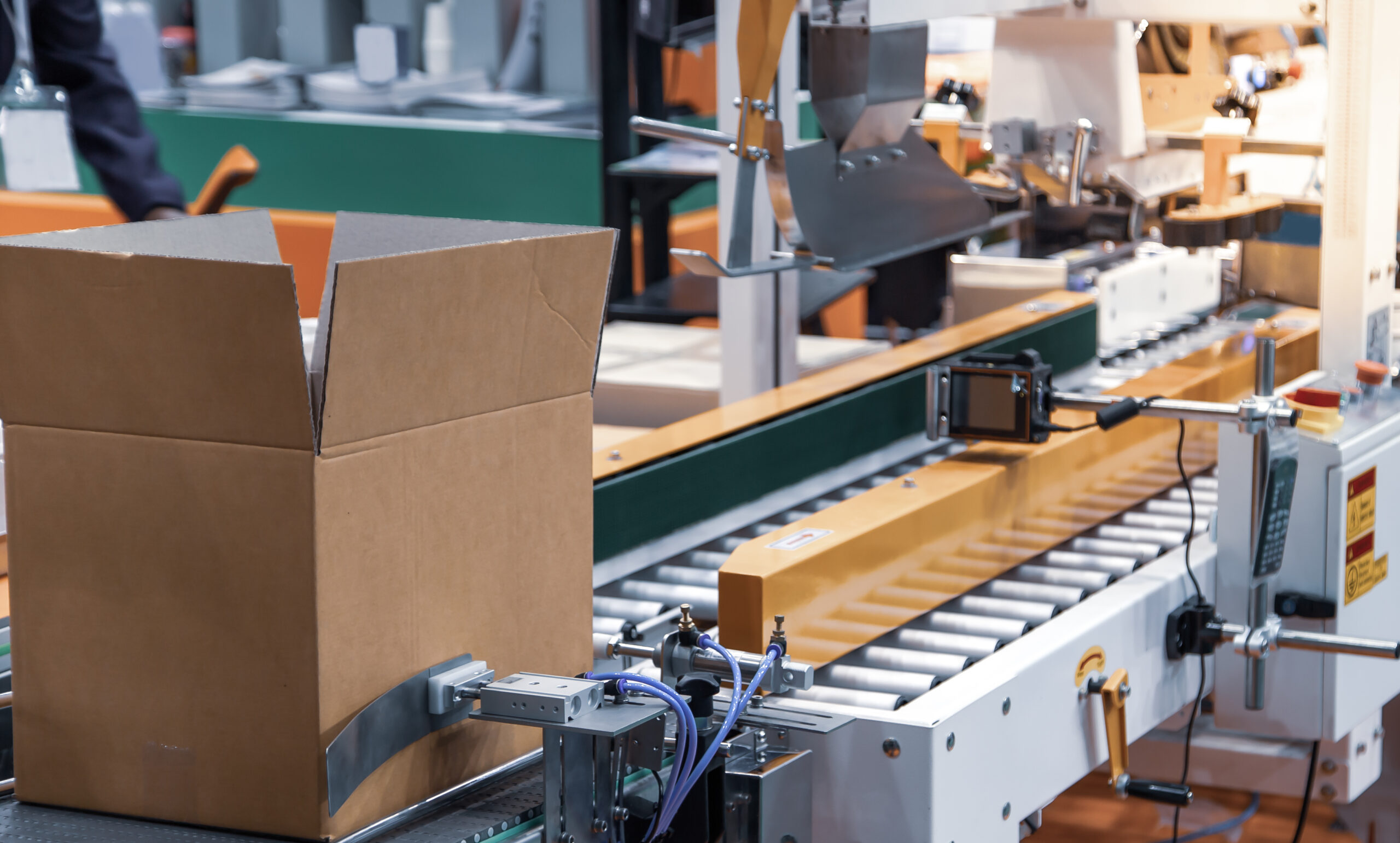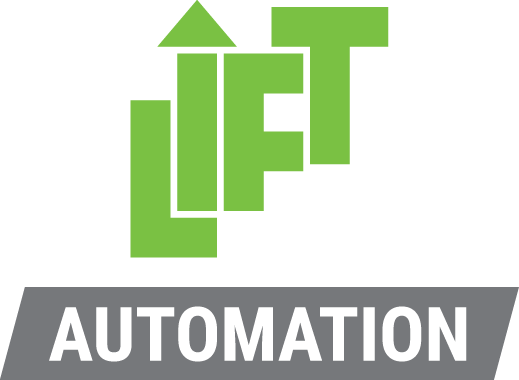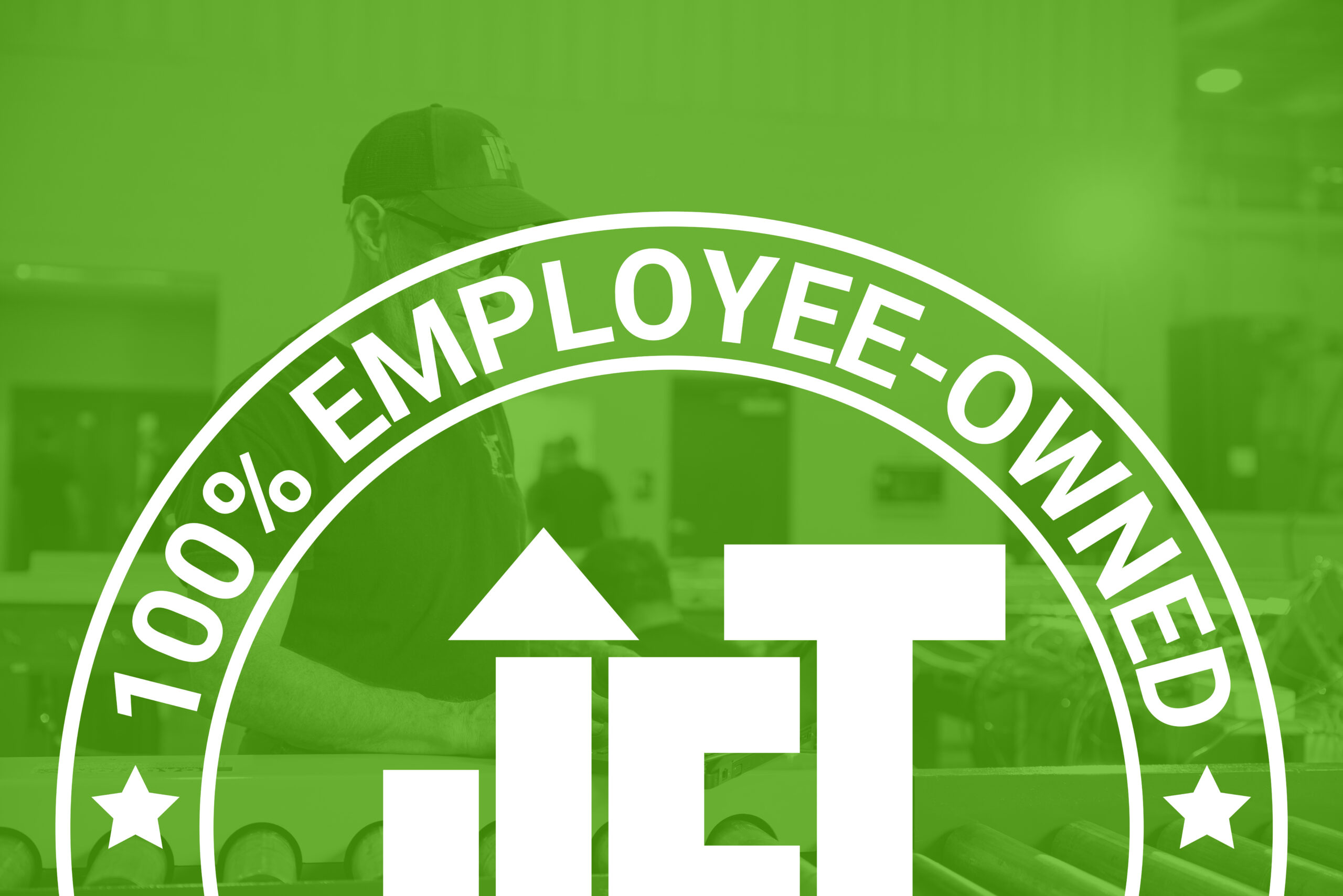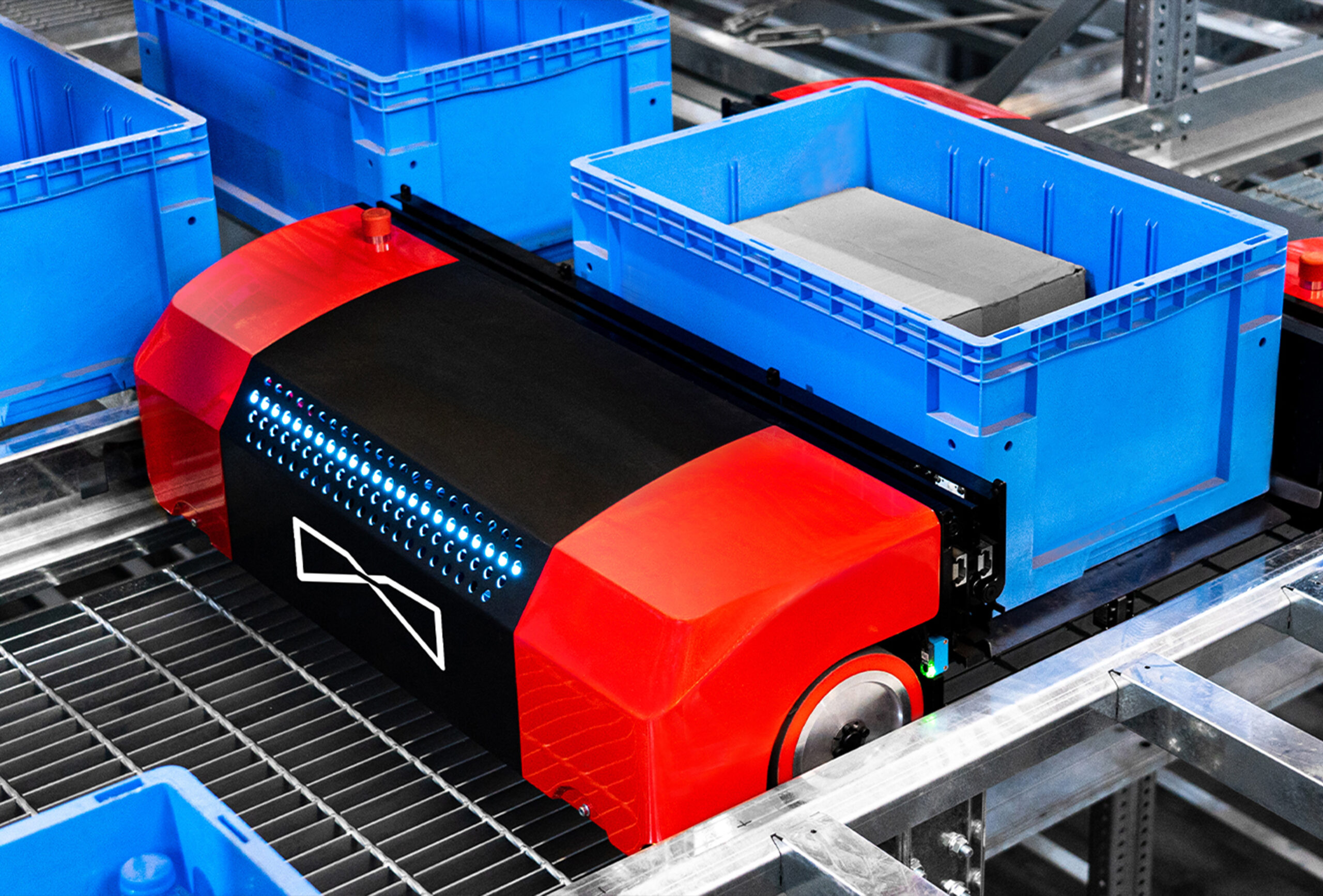
Once an order is assembled, the focus shifts to moving it seamlessly through the remaining steps: packing, labeling, transporting to the dock, and loading onto the correct transport. These operations must work as a coordinated system, acting almost like a vacuum that “sucks” the orders out of the DC and onto transport vehicles.
- Packing and Ship Labeling: This is where speed and precision are paramount. Without adequate capacity at this stage, delays can cause backups, turning the vacuum into a bottleneck. Optimizing packing stations and ensuring sufficient resources (both labor and technology) are critical to maintaining flow. This can include automating parts of the process and ensuring that packers are supplied with the right materials to avoid delays.
- Transporting to the Dock Door: The movement of packed orders to the correct dock door is another crucial step. To keep things moving efficiently, well-planned route optimization within the DC ensures that packed orders don’t clog up the system. At this stage, handling systems like conveyor belts, Automated Guided Vehicles (AGVs), or even manual handling must be aligned with the pace of packing and labeling.
- Loading at the Dock Door with Automation: This step epitomizes the vacuum analogy. If the dock doesn’t have enough capacity or resources, it can create a bottleneck and leave orders waiting. Implementing loading automation, such as robotic arms, automatic pallet loaders, or telescopic conveyors, can significantly improve the speed and efficiency of loading processes. By automating repetitive tasks, DCs can reduce human error and increase throughput, allowing for consistent order flow out of the warehouse. Proper dock management and loading schedules are still crucial, but automation ensures that labor-intensive tasks don’t slow down operations. With automation, docks can more easily handle surges during peak times, ensuring that the vacuum effect remains intact.
Capacity as the Key to Success
In each of these downstream activities, having enough capacity is key to ensuring the vacuum effect works effectively. Without adequate resources at any point in the system, pressure builds, turning what should be a vacuum into a bottleneck. During peak seasons, capacity planning is even more critical, as the volume of orders increases. The system needs to be flexible enough to handle varying workloads while avoiding congestion at the dock.
Additionally, the vacuum analogy emphasizes the need for each stage to synchronize with the preceding one, creating a smooth, continuous flow. The moment any stage becomes a bottleneck, it compromises the entire system.
A Look at the Broader DC Operations
This vacuum-pressures perspective aligns with Goldratt’s Theory of Constraints, which underscores the need to continuously identify and alleviate bottlenecks across the supply chain. When packing, labeling, or loading is under-resourced, they act as constraints in the system, impacting the overall throughput. On the other hand, when each process operates at its maximum capacity, the vacuum effect takes over, and orders “flow” out of the DC efficiently.
Conclusion: Maintaining a Vacuum
Ultimately, the key takeaway is that after the assembly stage, DC operations must be optimized to maintain a vacuum-like effect, pulling orders through packing, labeling, and loading with minimal friction. Proper planning, automation, and real-time adjustments are essential to keep orders flowing and avoid bottlenecks. By viewing DC operations through the lens of pressures and vacuums, we can better design processes that ensure consistent, high throughput from start to finish.
This perspective builds on Goldratt’s TOC, ensuring that every stage from assembly to shipping is aligned and optimized to meet customer demands efficiently.
Ready to optimize your distribution center for peak season?
Lift Automation specializes in streamlining DC operations through tailored automation solutions. Whether you need help with picking systems, material handling, or optimizing bottlenecks, our expert team can design a solution that fits your needs. Contact us today to boost your throughput and keep your operations running smoothly, no matter the season!



